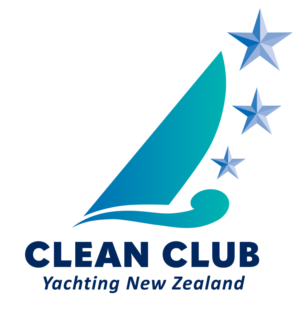With the colder weather closing in, a number of our more adventurous members are planning to leave our slice of paradise and travel to the winterless north with their boats. While I’m sure the rest of us are envious and wish them safe trips, we all need to keep in mind the risks of returning to the Sounds from other bodies of water.
Boaters can take simple precautions to prevent non-native plants and animals from spreading and causing harm to new habitats and native species.
Aquatic invasive species (also called exotic or non-native) are plants and animals that invade an ecosystem where they don’t belong. If the invasive species has no natural predators in its new environment, its population can grow unchecked. Their abundance causes damage as they can consume native species, compete for food and space, or introduce disease. Some can even damage our boats! Once they’re established, an invasive species is almost impossible to eradicate.

Negative impacts:
- Reduce game fish populations
- Affect local economies of water-dependent communities
- Damage boat engines and seize steering equipment
- Reduce native species populations
- Degrade ecosystems
- Affect human health
- Reduce property values
How do they ‘move’?
Larger ships transport invasive species in their ballast water, while fouling organisms such as barnacles, seaweeds and mussels can move from one location to another by hitching a ride on your boat, on items you use in the water and even your clothes.

They also attach themselves to the millions of tons of plastics and other debris that floats with ocean currents around the globe.
How can you help?
The only way to stop an invasive species from causing harm is to prevent them from entering the environment in the first place. Any person enjoying a recreational activity in or on the water can play a key role in preventing the spread of invasive species.
1. Learn to identify invasive species in your area and report sightings to the proper authorities. Check these links to learn which invasives are near you:
- National Invasive Species Information Center
- Invasive Species Specialist Group
- Global Invasive Species Programme
2. Prevent and help clean up pollution on land and in the water.
3. Obey all related laws and educate others about the impacts of invasive species.
It’s important for boaters to take extra care and properly clean their boats and equipment after each use, as invasive species can hide in common places, including the motor transom, livewell, anchor rope, boat hull, trailer and your clothes.
Tips for boaters:
- Remove all visible vegetation from your boat, propeller, anchor, trailer and any other equipment that was in the water.
- Drain and flush the motor, livewell, bilge and transom wells with hot water.
- Spray your boat and trailer with high-pressure water and then rinse with hot water.
- Dry your boat and equipment for at least 5 days before entering a different body of water.
- Larger vessels that spend months or longer in the water likely need to coat their hulls in antifouling paint.
Tips for SCUBA divers and snorkelers:
- Inspect equipment for plants, mud or animals and remove any before you leave the area.
- Drain water from the buoyancy compensator, regulator, tank boot and any other equipment that holds water.
- Wash your suit and all equipment in hot water and dry completely.

Tips for fishers:
- Know and observe all live bait collection laws in your area.
- Never release live bait into a different body of water.
- Thoroughly wash and dry all fishing tackle, buckets, nets, waders, etc. after each use.
- Report any invasive species that you see or catch to the proper authorities.

